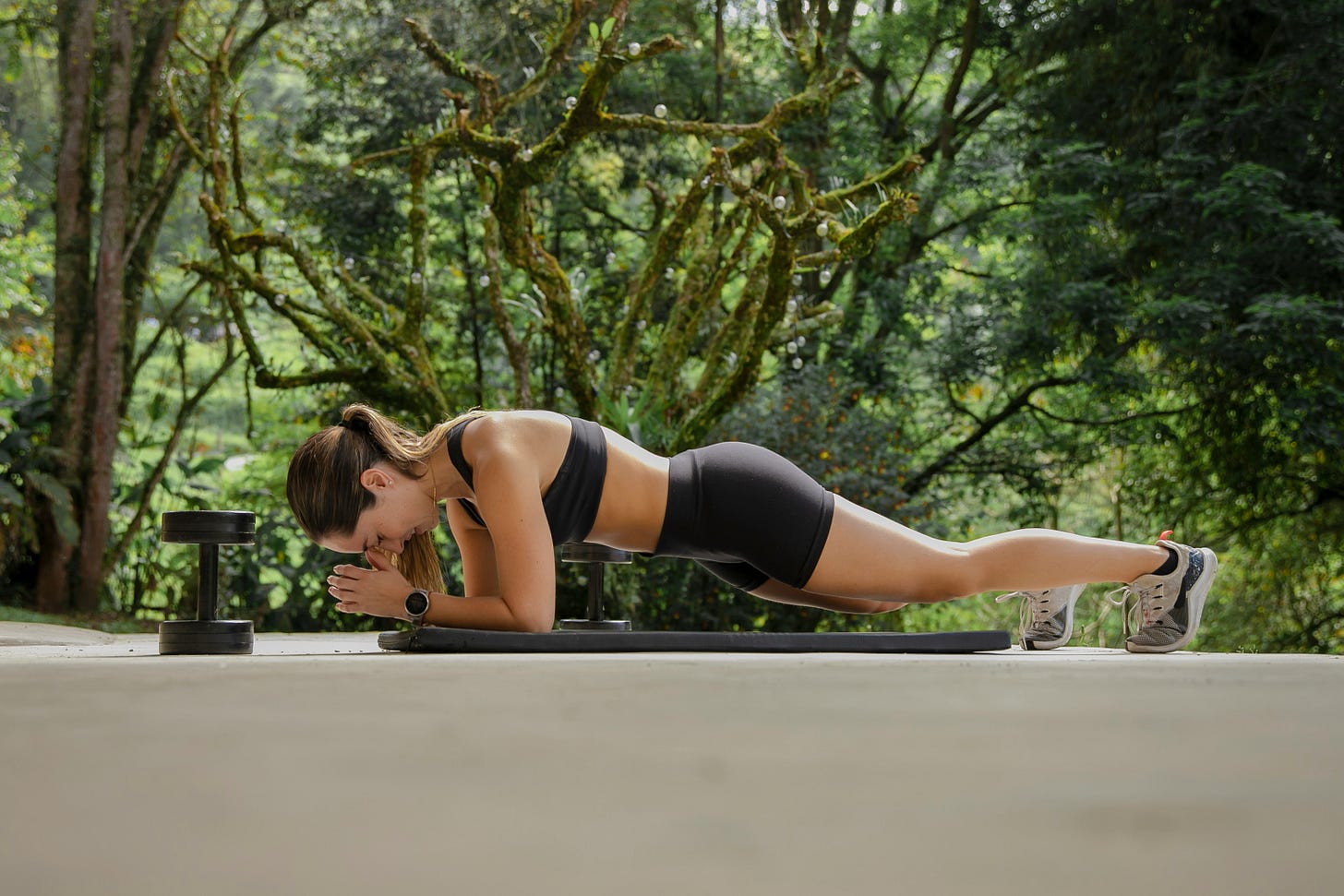Functional Movement, Rebranded: Sculpting a Body That Feels as Good as It Looks
Wednesday Wellness Edit
For years, fitness culture celebrated extremes, pushing bodies to sculpted, Instagram-ready shapes that often came at the cost of comfort, vitality, and longevity. Movement became a checklist: burn calories, build muscle, repeat.
But today, we’re rewriting the rules. The focus isn’t just on how your body looks—it’s on how it feels, moves, and sustains you. Functional movement is emerging from the shadows of physical therapy into the spotlight of intentional, joyful fitness. It’s about crafting a body that supports your life, not just your look.
This shift marks a revolution in wellness: from rigid routines to mindful rituals; from external validation to internal harmony.
Welcome to a new era where your body’s function is your fiercest form of glow.
It’s tempting to believe that functional movement is just the latest trend to be swallowed up by wellness marketing. But this shift isn’t cosmetic—it’s cultural.
Where past decades trained us to see fitness as a form of control, today’s glow-ups are rooted in responsiveness. Women are tuning into how movement influences their energy, mood, posture, digestion, even hormonal regulation. And the patterns are clear:
You don’t need to destroy your body to feel strong. You need to move in ways that restore its intelligence.
Gone are the days when HIIT circuits were the gold standard. Now, we’re seeing Pilates fused with breathwork. Ankle weights paired with lymphatic massage. Rebounding combined with fascia release. It’s not low-effort. It’s highly strategic.
This new era is less about performance and more about presence. Instead of chasing six-pack abs, we’re chasing spinal articulation. Instead of punishing our legs with jump squats, we’re learning how to hinge from our hips and activate the deep glute layers that support our pelvis and posture.
This is movement that doesn’t just look good—it builds longevity.
Functional movement isn’t just softer or smarter. It’s neurologically superior. That’s because it activates your body’s kinetic chains—the interlinked muscle groups, fascia systems, and joints that create efficient movement.
When you train these systems as a whole, you activate:
Neuromuscular coordination, improving your body’s ability to respond to real-life movement (think: stairs, balance, reaching, carrying)
Proprioception, or body awareness, which directly impacts posture, poise, and confidence
Fascia hydration and elasticity, which improves circulation, flexibility, and even emotional regulation
Lymphatic flow, which removes metabolic waste, supports immunity, and reduces bloating
Cortisol modulation, because certain forms of movement (especially walking, mobility, and resistance-based strength) reduce stress hormones and support hormonal balance
In other words: when you move with intention, you’re not just changing how your body looks. You’re rewriting how it feels and how it functions. And over time, that internal coherence becomes your external radiance.
One of the most powerful aspects of this shift is that movement is no longer seen as something you have to do. It’s something you get to do. It’s becoming a ritual, not a chore—a form of energetic hygiene that clears out the static and reconnects you with your body’s language.
You start to notice the subtle effects:
The way a glute activation flow grounds you before a stressful meeting
How rotational core work gives your spine new language
How a posture series lifts your mood—literally and figuratively
How a fascia stretch leaves your face looking brighter, your thoughts more coherent
You begin training for energy, not exhaustion. For alignment, not adrenaline.
And ironically? That’s when your body starts to glow in ways it never did under a punishing regime.
Let’s be honest: we still care about aesthetics. But the new aesthetic isn’t about shrinkage—it’s about sculptural function. The visible waistline comes from deep core stability. The lifted glutes come from strong lateral hip muscles. The long limbs and confident walk? That’s mobility and nervous system regulation at work.
We’ve moved from “toned” to informed.
From flat abs to functional fascia.
From sweat-soaked burnout to cyclical, sustainable movement that supports mood and metabolism.
We’re finally realizing that longevity is the real luxury—and a body that feels fluid, supported, and energized is the ultimate glow-up.
When you train to move well, your body becomes a source of pleasure—not just performance.
This summer, the goal isn’t transformation. It’s translation. You’re learning to interpret your body’s signals, respond to its needs, and sculpt a system that sustains your glow—not just through July, but through every season of your life.
Because a body that works is a body that glows—from the inside out.
The wellness world taught us to treat movement like a transaction: do more, burn more, shrink more. But at GLW, we believe in training for something far more expansive—feeling good inside your body.
This 7-day ritual is a recalibration. A return to movement as medicine. Each day explores a different physiological function—lymphatic flow, core stability, posture, balance, and more—but wrapped in a ritualistic, sensory experience. This is not a challenge. It’s a rhythm.
Let’s begin.











